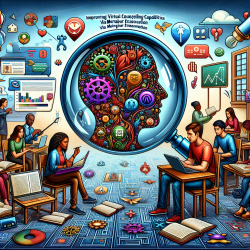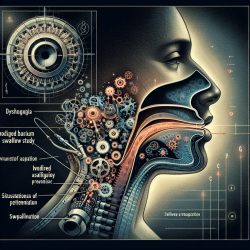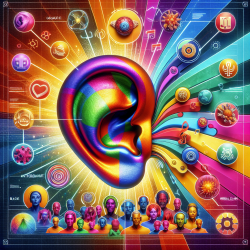Understanding Emotional and Behavioral Disorders in Children: A Simple Guide
In the world of special education, understanding emotional and behavioral disorders is crucial for providing effective support to children who need it. This guide will explore what these disorders entail, their possible causes, and strategies for teaching and supporting affected children.
What Are Emotional and Behavioral Disorders?
Emotional disturbance is a condition characterized by one or more of the following over a long period and to a marked degree, adversely affecting a child’s educational performance:
- An inability to learn that cannot be explained by intellectual, sensory, or health factors.
- An inability to build or maintain satisfactory interpersonal relationships with peers and teachers.
- Inappropriate types of behavior or feelings under normal circumstances.
- A general pervasive mood of unhappiness or depression.
- A tendency to develop physical symptoms or fears associated with personal or school problems.
Types of Disorders
- Anxiety disorders
- Bipolar disorder
- Conduct disorders
- Obsessive-compulsive disorder
- Psychotic disorders
- Depressive disorders
Possible Causes
While no single factor is known to cause emotional or behavioral disorders, several factors may contribute, including:
- Heredity
- Brain disorder
- Diet
- Stress
- Family functioning
It's important to note that mental illnesses are not the result of personal weakness or poor upbringing. They are treatable, and many individuals can find relief through active participation in a treatment plan.
Incidence and Impact
According to the CDC, 5.1% of U.S. children aged 4-17 are reported by parents as having serious emotional or behavioral difficulties. Globally, these disorders affect 10-15% of children. In West Virginia, approximately 1,363 children have been identified with these challenges.
Recognizing the Signs
Children with emotional disturbances may exhibit:
- Hyperactivity (short attention span, impulsiveness)
- Aggression or self-injurious behavior (acting out, fighting)
- Withdrawal (not interacting socially, excessive fear or anxiety)
- Immaturity (inappropriate crying, temper tantrums, poor coping skills)
- Learning difficulties (performing below grade level)
In more severe cases, children may experience distorted thinking, excessive anxiety, bizarre motor acts, and abnormal mood swings.
Teaching Tips and Strategies
Educational programs for children with emotional disturbances should focus on both emotional and behavioral support. Effective strategies include:
- Predictable rules and routines
- Consistent rewards for appropriate behavior
- Behavior management techniques like positive reinforcement and token economy
- Systematic teaching of social skills through modeling and rehearsal
- Supportive therapies such as music, art, exercise, and relaxation techniques
- Individual and group counseling to enhance self-understanding and self-control
For more information, please follow this link.










